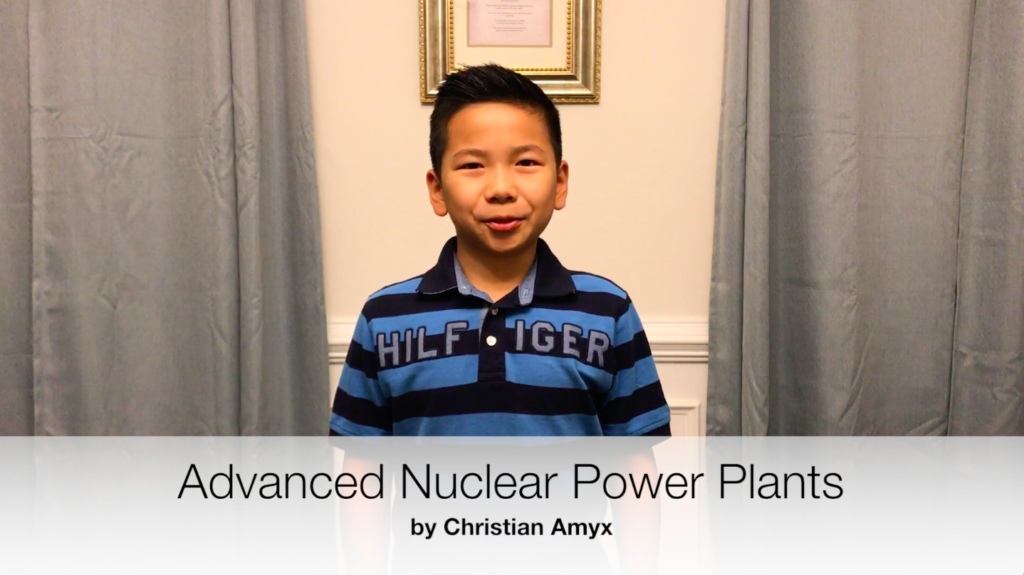Today’s Nuclear Power
Nuclear power in the U.S. is made up of 99 commercial reactors — 65 pressurized water reactors and 34 boiling water reactors. In 2016 they produced a total of 805.3 terawatt-hours of electricity or almost 20% of the nation’s total electric energy generation. Majority of reactors in operation around the world are considered Generation II reactors. More Generation III reactors are coming online.
Nuclear power has been questioned about its safety. On March 28, 1979, equipment failures and operator error caused the loss of coolant and a partial core meltdown at the Three Mile Island Nuclear Power Plant in Pennsylvania. Though much of it was due to inadequate training and human factors, nuclear power plants lost credibility with the press and nation.
Other well-known accidents are the Fukushima Daiichi nuclear disaster in 2011 in Japan caused by a tsunami and an earthquake and Chernobyl disaster in 1986 in Ukraine.
The reality is that the nuclear industry in the U.S. has one of the best safety records in the world.
However, in 2012, the Union of Concerned Scientists found that leakage of radioactive materials was a major problem in almost 90 percent of all reactors in operation today. The U.S. Nuclear Regulatory Commission has indicated that radioactive tritium has leaked from 48 of the 65 nuclear sites in the U.S.
Next Generation Nuclear Power Reactors
Safety concerns and the high costs of development and operations have led to a new generation of advanced nuclear power designs.
Small Nuclear Power Reactors
Small nuclear reactors are becoming a cheaper and safer alternative to traditional nuclear power plant designs.
Advanced Nuclear Power Reactors
Newer advanced reactors are being built using simpler designs to reduce cost, increase fuel efficiency and make it safer.
Small Nuclear Power Reactors
Small nuclear power reactors are small modular reactors, which produce 50 to 300 megawatts compared to the traditional 1,000 megawatts of electricity. These modular reactors do not use electrically operated pumps and motors to circulate coolant and keep the reactor core at a low temperature. Rather, small nuclear power reactors have no pumps or motors. They rely on passive means using gravity and conduction to cool the reactors. This means that there are no pump or motor components that could break down, less electricity to run the reactor, and cheaper to build and maintain.
Another advantage is that they can be assembled at a factory rather than built at a project site. Instead of $10 billion or more to build traditional nuclear power plants that take a decade, small nuclear power reactors cost a fraction and can be up and running quickly.
NuScale, a nuclear reactor company, expects construction costs to be less than $3 billion for the first 12 modules. The key is to bring down the cost per megawatt per hour relative to other renewable energies. The U.S. Energy Information Administration estimates $50.90 per megawatt hour for wind, $58.20 per megawatt hour for solar, and $101 per megawatt hour for small nuclear power modules, which they hope to bring down to $85 per megawatt hour.
Generation III Reactors
Newer advanced reactors are more fuel efficient and safer. The nuclear power industry has been steady improving reactor technology for the past 50 years.
Third generation reactors are characterized by the following:
-
A more standardized design vs. customized design to lower cost and speed up time to build
-
Simpler yet more rugged design for easy operation and higher safety
-
Safety mechanics to reduce the possibility of core meltdown, including more passive safety features (that rely on gravity, natural convection or resistance to high temperatures) that do not require active human intervention to avoid accidents
-
Stronger structural design against aircraft impact
-
Able to use fuel more fully and efficiently to reduce waste
-
Greater use of burnable absorbers (or poisons) to extend fuel life
-
Operate longer, about 60 years
Generation IV Reactors
Generation IV designs are still on the drawing board and will not be operational until 2020 – 2030. These designs will further improve safety, sustainability, efficiency, and cost.
Advantages of Generation IV reactors are as follows:
-
100 – 300 times more energy output from the same amount of nuclear fuel
-
More diverse range of fuels, including raw fuels (non-pebble MSR, LFTR)
-
Closed nuclear fuel cycle that consumes more nuclear waste in the production of electricity
-
Improved safety features, such as not using pressurized operation, automatic passive reactor shutdown, no water leaks or boiling, and hydrogen explosion and contamination of coolant water
-
Nuclear waste remains radioactive for a few centuries compared to a thousand years
